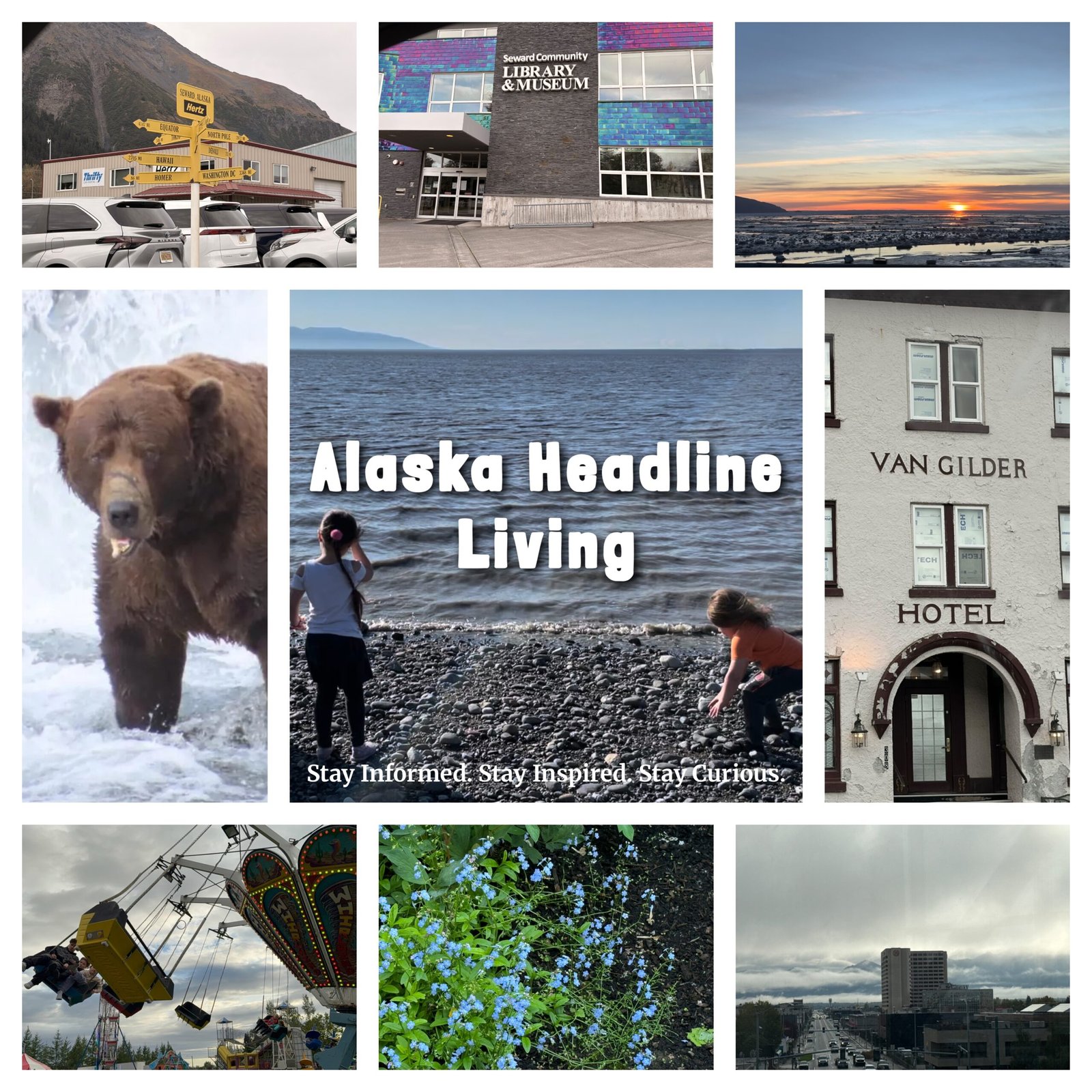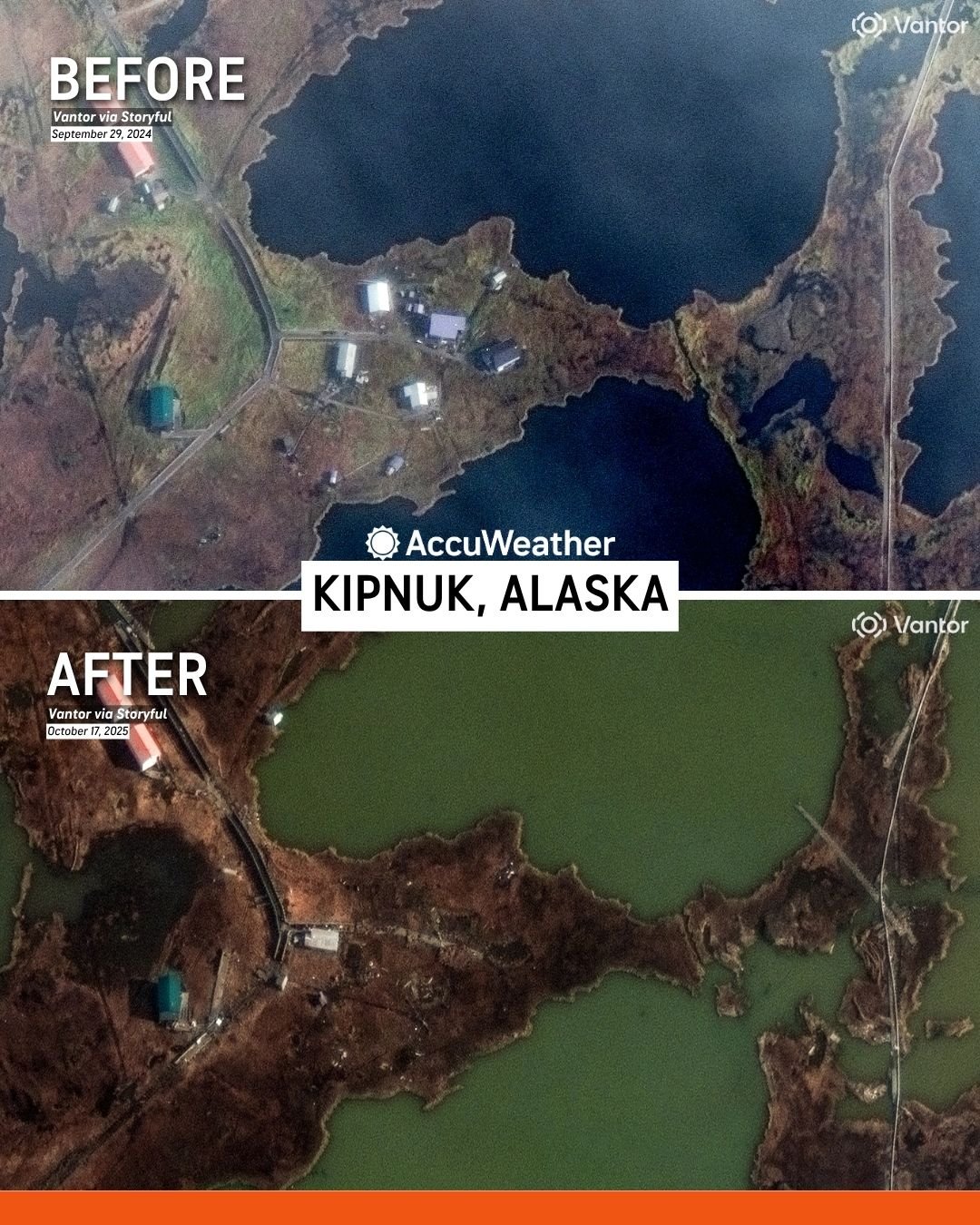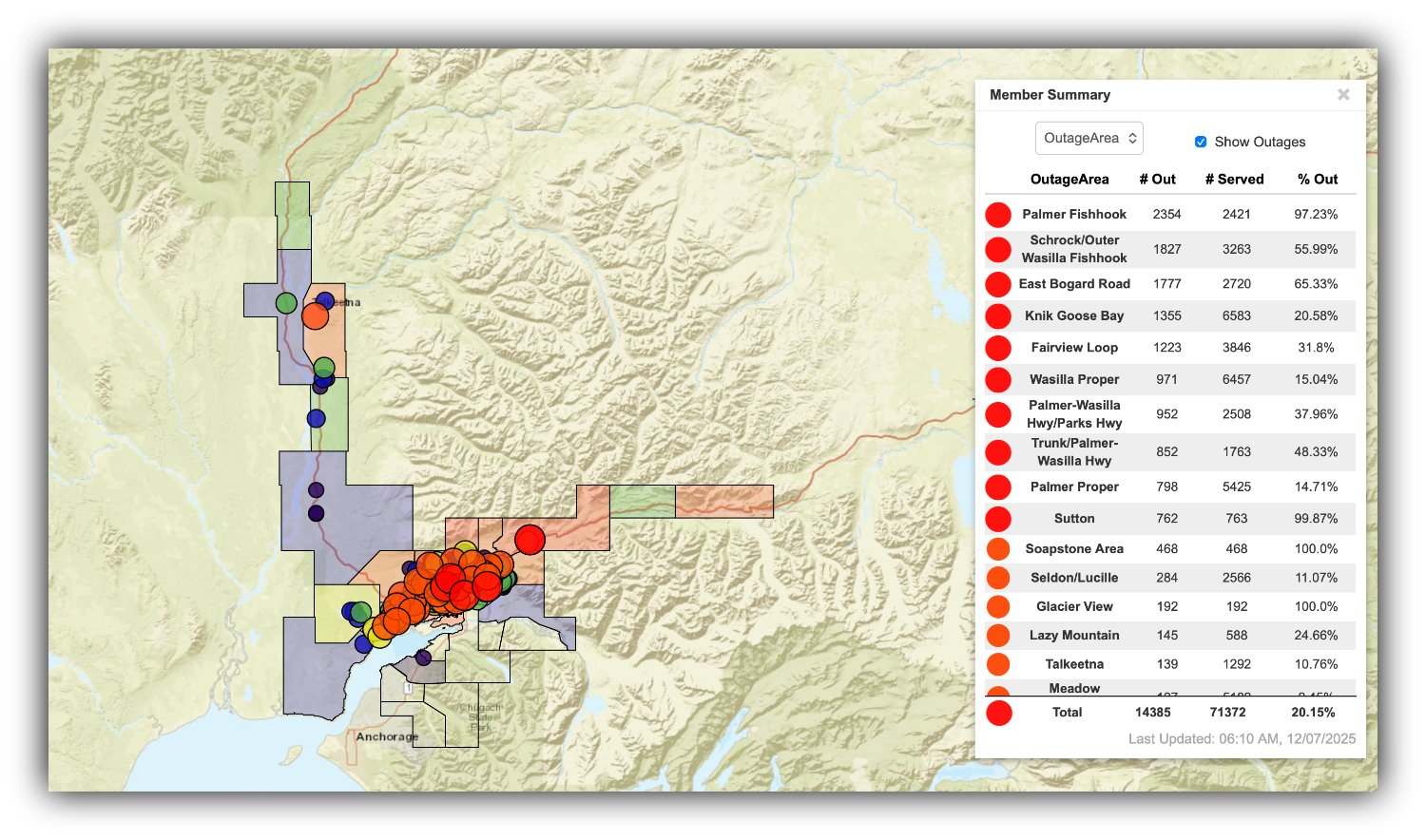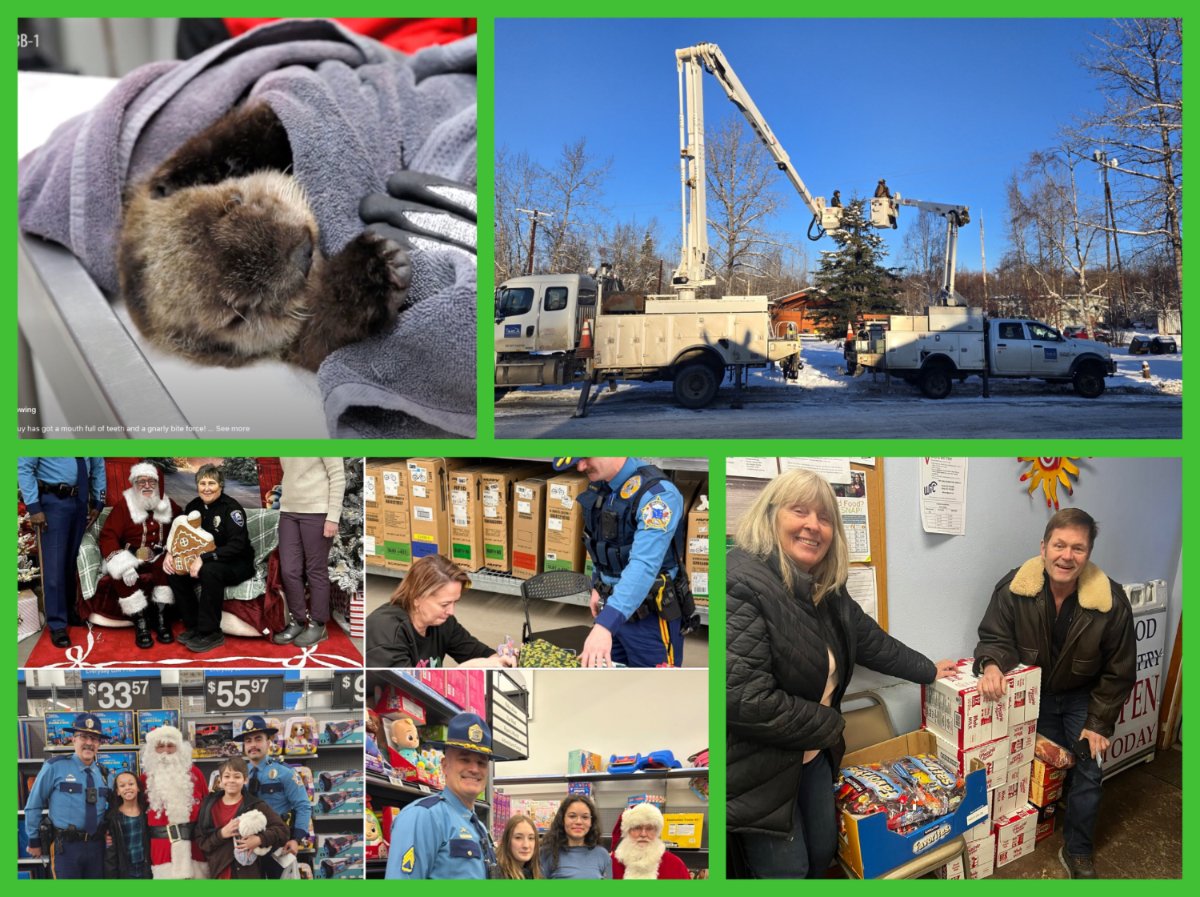Before and after satellite images reveal the widespread devastation in Kipnuk, Alaska, following the catastrophic flooding brought on by the remnants of Typhoon Halong. These images illustrate how the powerful storm surge and fierce winds submerged entire sections of the village, washing away buildings and infrastructure./PC: AccuWeather
As a federal stalemate grips Washington, a climate disaster devastates Western Alaska, leaving communities stranded in the cold and waiting for relief.
By Gina Hill | Alaska Headline Living | October 2025
Anchorage – While fall sunlight hangs low over the tundra, much of Alaska faces growing hardship on three fronts: political paralysis, climate recovery, and local safety threats. The federal government shutdown, now in its 23rd day, continues to ripple across the 49th State, straining federal workers and local agencies already spread thin. At the same time, storm-battered villages across the Yukon-Kuskokwim Delta are still reeling from record flooding that has displaced more than 2,000 residents.
Federal Paralysis Hits Alaska’s Paychecks

Nationwide, the continuing shutdown has frozen pay for hundreds of Alaska-based federal employees … from weather service forecasters to Coast Guard crews. The delays stretch into essential programs like food assistance and environmental monitoring, with rural regions most acutely affected. In Washington, President Donald Trump’s standoff with Congress over his $230 million compensation demand from the Justice Department has eclipsed budget negotiations, extending uncertainty across the federal workforce.
A Region Left Adrift After the Storm
Weeks after one of the most destructive weather events in the state’s modern history, recovery in Western Alaska remains agonizingly slow. Entire villages in the Delta, including Kipnuk and Kwigillingok ,remain without permanent shelter following the storm’s massive storm surge. According to Inside Climate News, both federal and state agencies are at odds over aid coordination, with Gov. Mike Dunleavy’s formal disaster declaration still awaiting federal recognition.
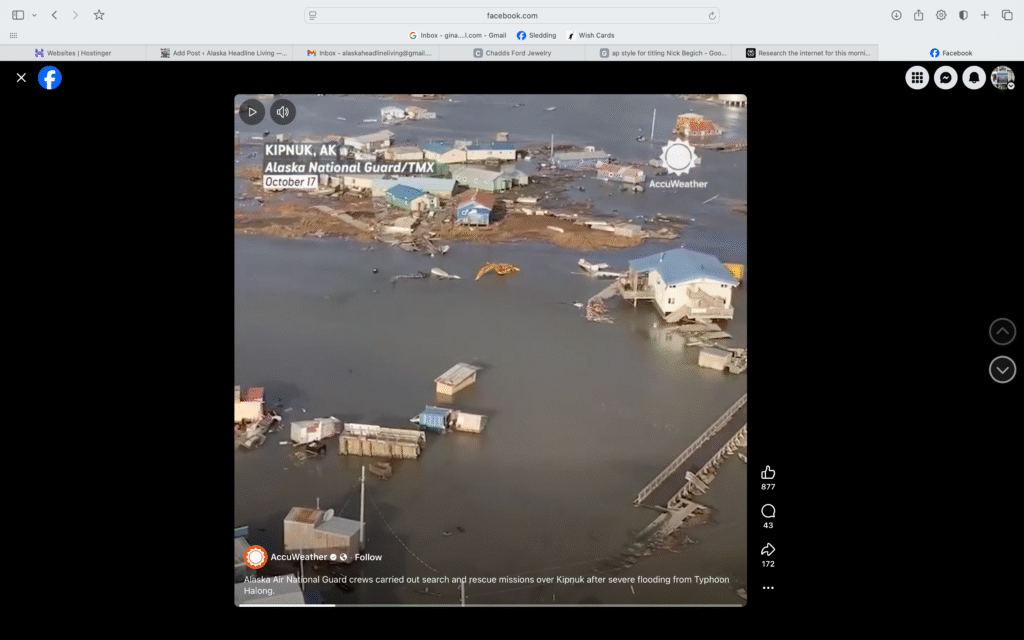
Coast Guard crews have relocated many storm survivors to Anchorage and Bethel for temporary housing, while state and tribal task forces push for a long-term relocation and rebuilding plan. Without decisive federal action, relief efforts rest heavily on state agencies already strained by budget cuts.
Public Safety and Local Emergencies Rise
Beyond the political and climate turmoil, Alaska’s Department of Public Safety continues to report a steady beat of challenges. Tuesday night, multiple accidents on the Parks Highway drew responses from Alaska State Troopers, and incidents in Wasilla and Fairbanks resulted in arrests for assault, theft, and domestic violence. While these daily events may seem routine, they underscore how local enforcement remains vital during times of wider state disruption.
The Alaska Industrial Development & Export Authority convenes this morning to discuss infrastructure recovery funding, energy development, and investment strategy. State officials say those talks could help shape long-term solutions to both the shutdown’s ripple effects and the rebuilding of devastated communities.
For now, Alaska Waits
As Alaska confronts the challenges of an extended federal government shutdown and devastating flood damage in the Yukon-Kuskokwim Delta, thousands of residents remain displaced and waiting for critical aid. With federal disaster declarations still pending and local resources stretched thin, the hardships facing Alaskans this fall are a stark reminder of the state’s vulnerability to both political gridlock and extreme weather. In communities from Anchorage to the remote Delta villages, endurance is once again the word of the day.
